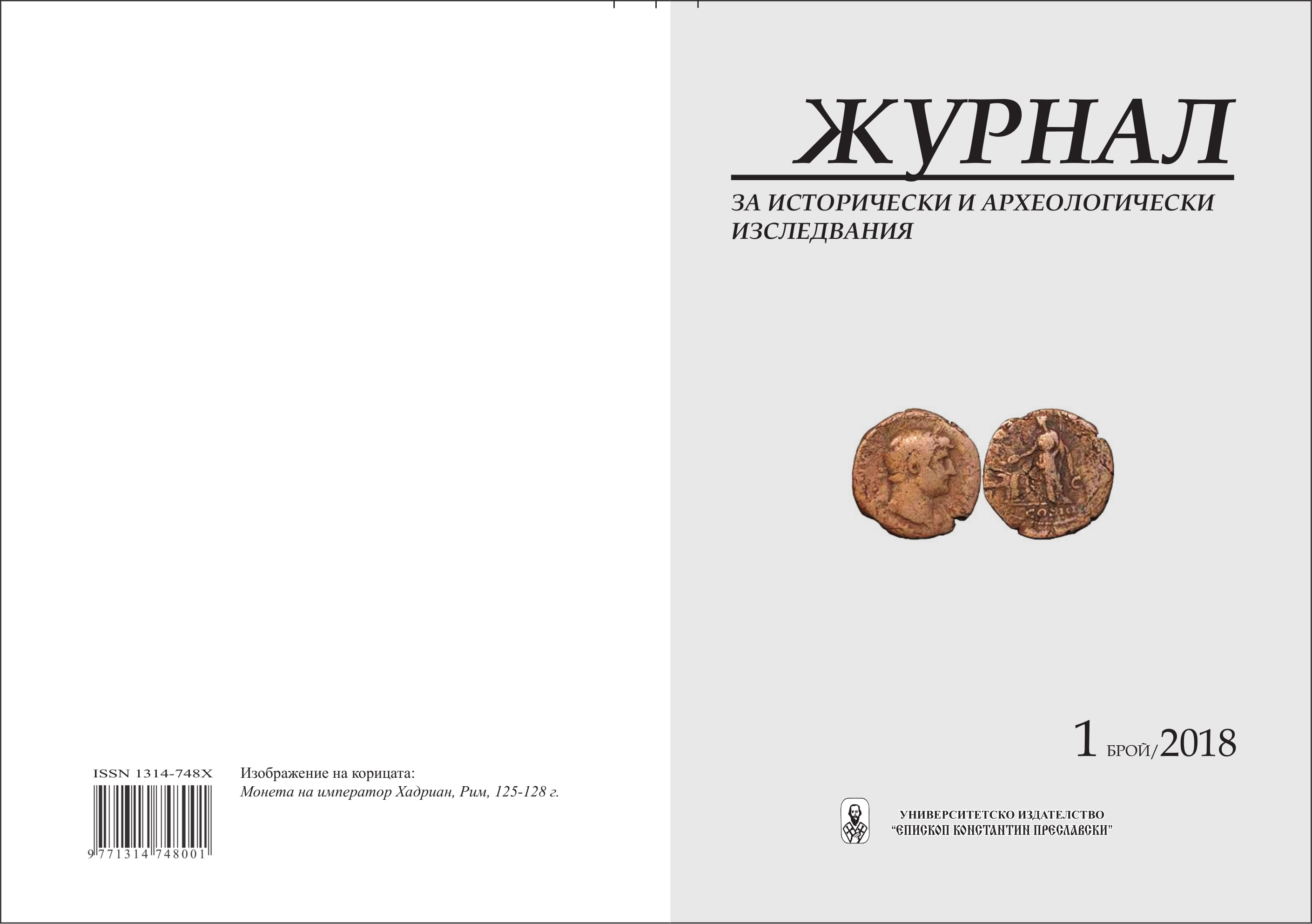Технология на медната металургия през халколита в днешните български земи. Два медно-рудни зони - две технологични решения?
Technology of Chalcolithic Copper Metallurgy in present day Bulgarian lands. Two metallogenic zones - two technological decisions?
Author(s): Ivan KotsovSubject(s): History, Local History / Microhistory
Published by: Шуменски университет »Епископ Константин Преславски«
Keywords: Chalcolithic; Metallurgy; Bulgarian lands;
Summary/Abstract: During the Copper age present day Bulgarian lands are part of two wide metallogenic zones – Eastern and Western. The Eastern zone includes present day Eastern Bulgaria. The Western zone includes present day Western Bulgaria, Eastern and Southern Serbia. The Eastern zone is characterized by it’s polymetallic, „dirty”, ores, while for the Western typical are the “pure” copper minerals. The “dirty” ores can be extracted in controlled reductive environment and prolonged maintenance of constant temperature. Such conditions are not needed for the smelting of the “pure” copper ores. In ancient times there were used two main technologies to extract the copper from the ores: 1. smelting in crucibles; 2. smelting in furnaces. However, only the “pure” copper ores can be smelted in crucibles, because they don’t release slag. Crucibles are found mostly in present day Western Bulgaria. On the other hand, furnaces suitable for “dirty”ore smelting, are known only from the eastern part of present day Bulgaria. So, it is obvious that the metallurgical technology used in modern day Western Bulgaria differs from the used in Eastern Bulgaria. Those differences probably are due to the characteristic features of the ores in which of the two metallogenic zones. In Eastern Bulgaria the “dirty” ores were preferred, while in the western part of modern Bulgarian lands the main aim of the miners were the monometallic copper minerals. On the other hand, during the early Chalcolithic in present day Eastern Serbia “dirty” ores were purposefully smelted, while during the late Chalcolithic dominates the usage of “pure” cooper minerals. This could be caused by the fact that in the late Chalcolithic the territory of modern Eastern Serbia becomes part of the Krivodol-Salcuţa-Bubani cultural phenomenon, whose roots derive from present day Western Bulgaria. So, it could be considered that the preferring of specific kinds of ores during the Chalcolithic is not subordinate only to the existing natural resources, but also to culturally distinct technological traditions.
Journal: Журнал за исторически и археологически изследвания
- Issue Year: 2018
- Issue No: 1
- Page Range: 7-15
- Page Count: 9
- Language: Bulgarian

